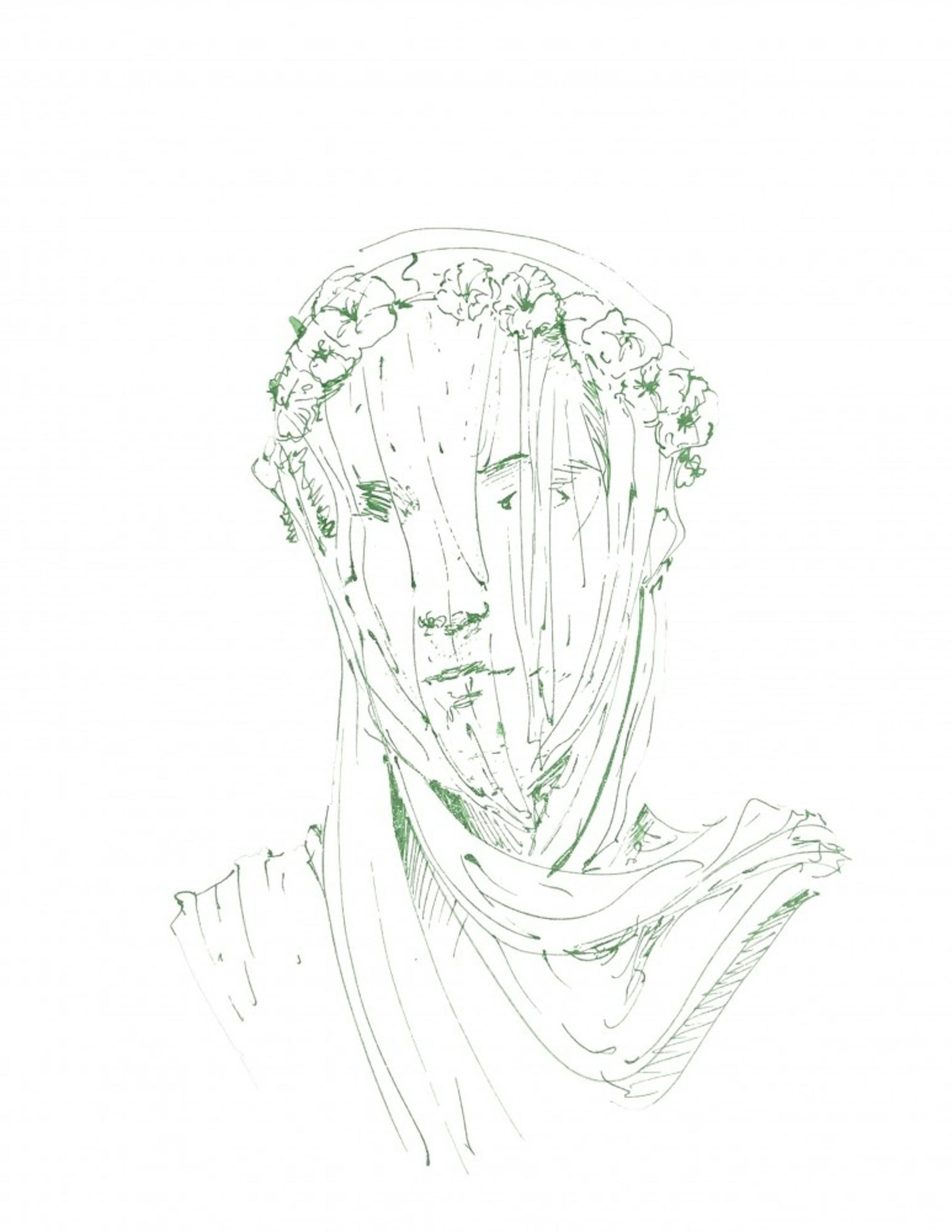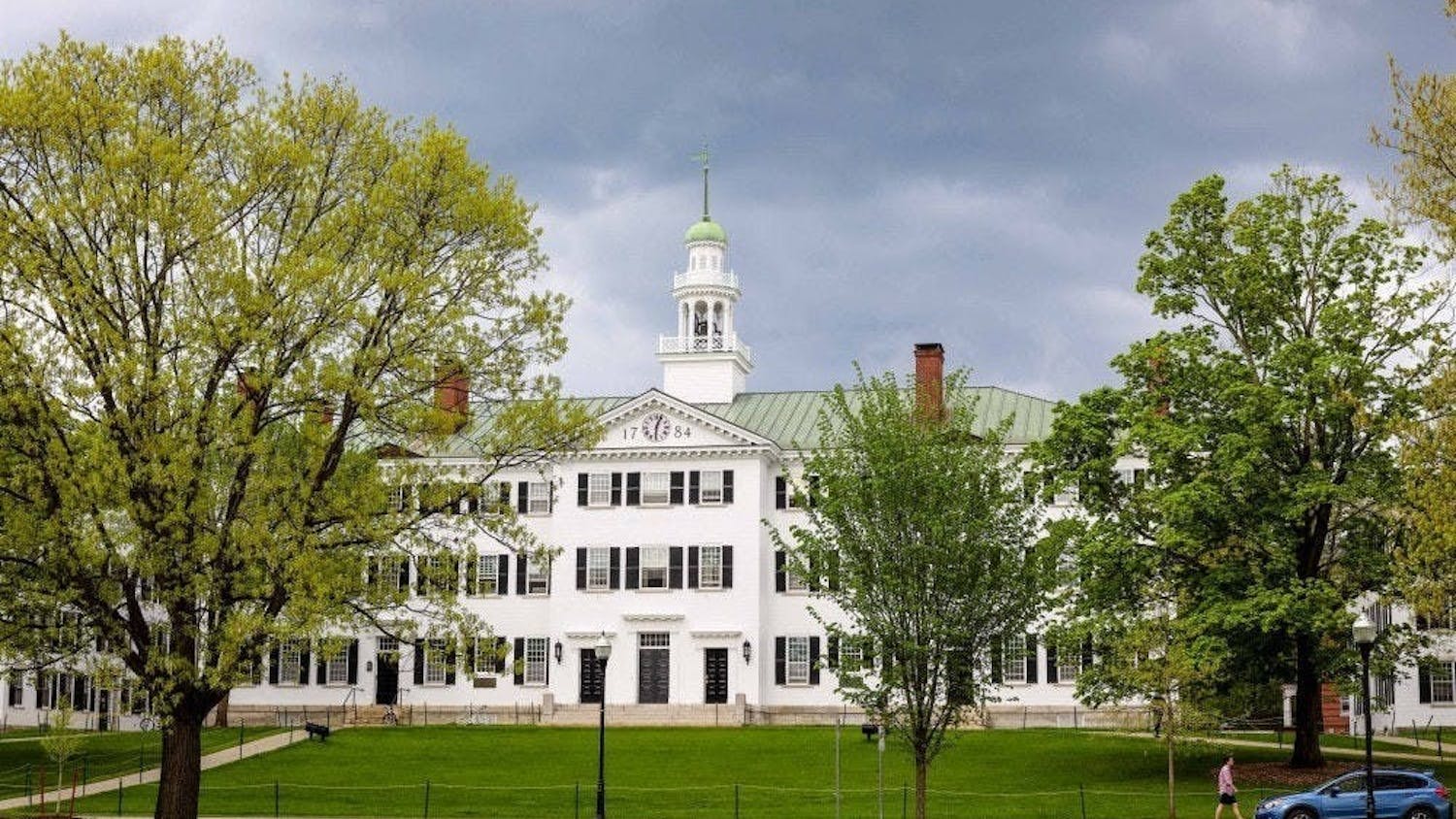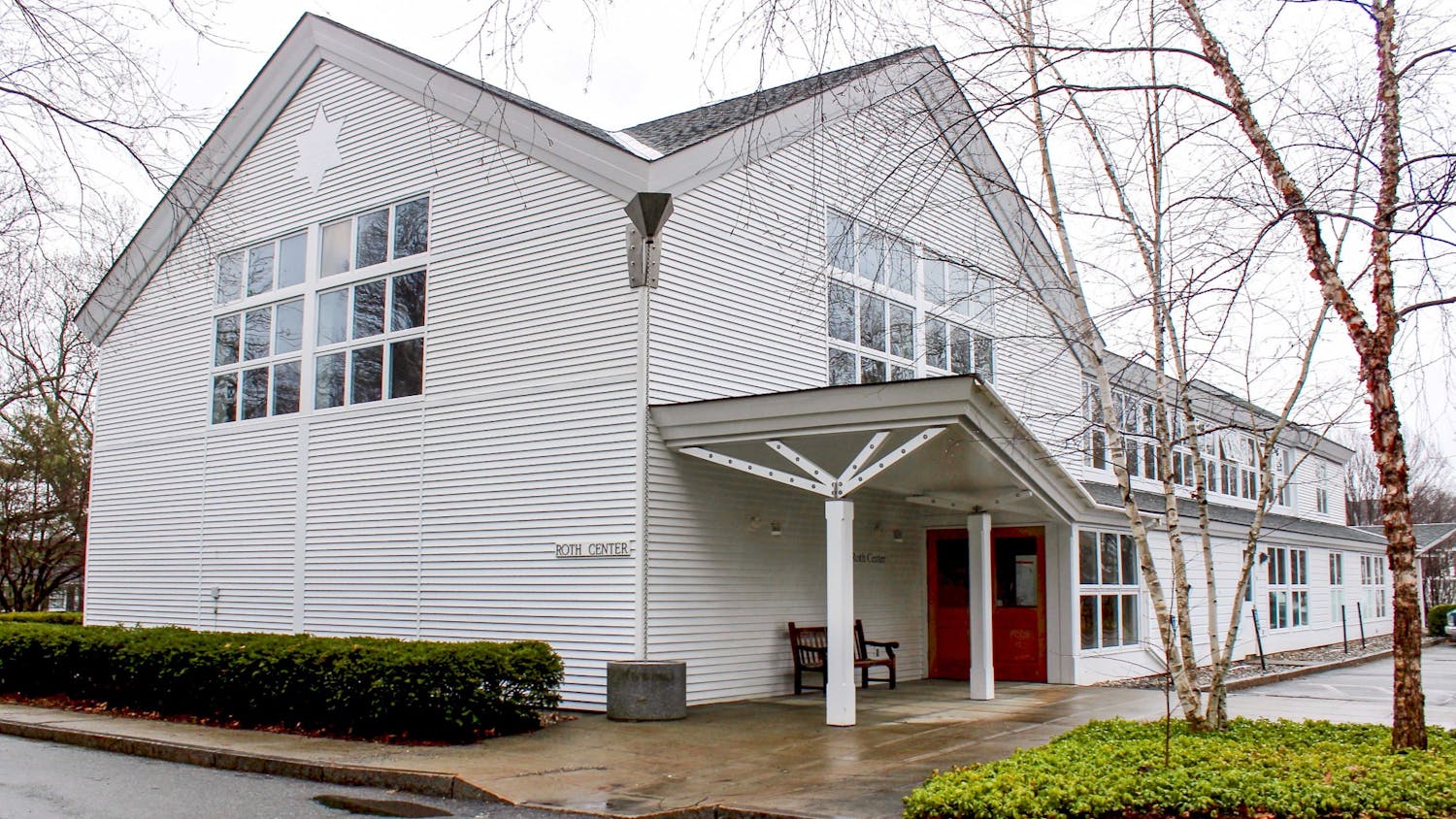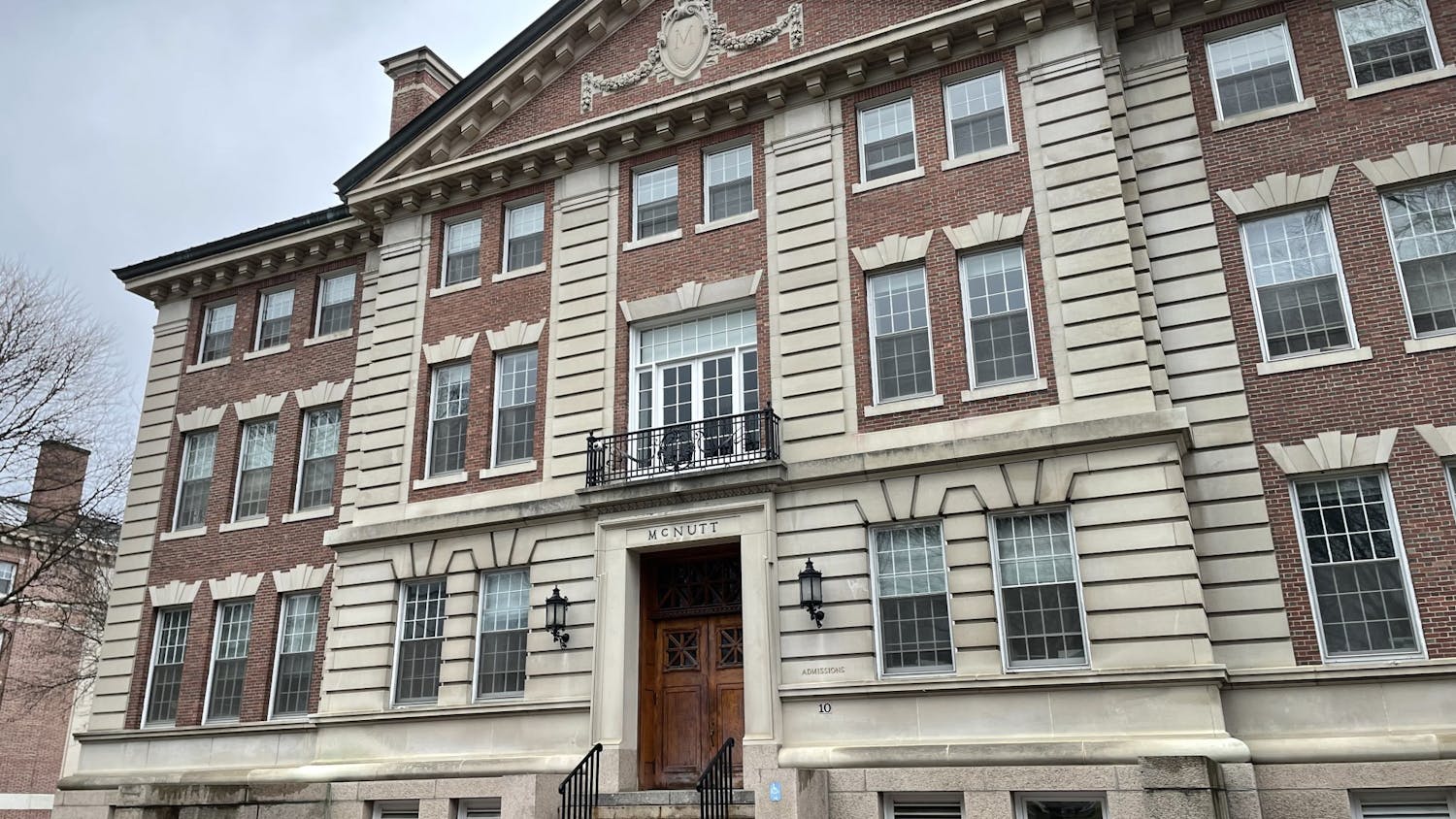At Dartmouth, where the four most popular majors are economics, government, computer science and engineering, some undergraduates overlook the academic discipline of studio art. The studio art department offers courses in architecture, drawing, painting, photography, printmaking and sculpture.
Brenda Garand, a studio art professor who specializes in sculpture and drawing, believes that sculpture is important and meaningful because it allows people to convey ideas in a unique way.
“People think differently and see the world in different ways,” Garand said. “Some think in two dimensions and some think in three dimensions. Sculpture allows [three-dimensional thinkers] to express themselves.”
Not only does Garand believe that sculpture as an art form lends itself to individuals who think in three dimensions, she also finds it to be more inclusive and impactful than other artistic processes, such as drawing.
“Someone might be afraid to draw, but they can draw with wire,” Garand said. “Sculpture can [also] be in your space and affect you differently than a drawing on the wall. People can relate to sculpture in a different way and dimension.”
Garand furthermore emphasized that sculpture is “tactile” and that one’s choice of materials matters greatly. Kat Ramage ’19, a studio art major and human-centered design minor from Ledgewood, New Jersey, expressed similar sentiments. She enjoys having the ability to use natural materials to create a final product.
“I like using things that I’ve seen around nature to create art,” Ramage said. “I really like furniture-making and craftsmanship, and sculpture [blends the two].”
Madison Smith ’18 echoed Ramage’s sentiments about the importance of materials. She found the three-dimensional and tangible nature of sculpting to be challenging at times.
Smith, an economics major from Tyler, Texas, took Studio Art 16: “Sculpture I” as an elective this past winter with studio art professor Stina Köhnke. She enjoyed the course but struggled sometimes to find appropriate, practical materials that would enable her to convert her abstract ideas into tangible realities.
“Coming up with ideas and making them into plausible things was often difficult for me,” Smith said, adding that she is not particularly adept at woodcutting.
Ramage said that a further difficulty is that sculptors have to think about their products ahead of sculpting.
“[Disciplines such as] painting do not have a tangible product, and you can revise as you go,” Ramage said. “You need more of a plan while sculpting.”
Despite the challenges of sculpting, Smith is glad that she took Sculpture I at Dartmouth. She said that it exposed her to a new way of thinking and personal expression.
“I really enjoy thinking broadly and creatively,” Smith said. “Sculpture I allowed me to use my imagination while creating a product of my choice, unlike in economics.”
Similarly, Ramage said that her sculpture courses have taught her how to express ideas differently.
“Sculpting is almost a different kind of language,” Ramage said. “You learn how to represent things rather than just describe them.”
Smith and Ramage both recommend that other undergraduate students enroll in a sculpture course even if they do not consider themselves to be naturally artistic.
“I’d highly recommend that students take a sculpture course,” Smith said. “It allows them to think in a way that other [programs] at Dartmouth do not, and it requires time and effort, but not natural talent.”
Ramage’s decision to enroll in sculpture courses changed the trajectory of her undergraduate experience. She originally intended to pursue an engineering degree at Dartmouth, but instead intends to graduate in June of 2019 with a degree in studio art.
“If I hadn’t taken Sculpture I and II, I wouldn’t have become a studio art major,” Ramage said. “It totally reshaped my time at Dartmouth.”
Of all the projects that she has made, Ramage values her creation of various suspended rocks in a frame.
“I had to learn how to weld in order to make the frame,” Ramage said. “Making the frame was the hardest part and, throughout the project, what I felt dictated the form instead of the functionality of the rocks.”
Smith, who is most proud of a sculpture that she created in the shape of a chandelier to convey the contrast between her inability to speak Spanish and her family’s Cuban heritage, has grown to believe that Dartmouth’s student body underappreciates the discipline of studio art.
“Studio art is undervalued and often dismissed as ‘the easy way’ to get a degree at Dartmouth,” Smith said. “People don’t realize how much time and effort it takes, and how much personal growth it inspires.”
Garand, who has taught at Dartmouth since 1995, first became seriously interested in sculpture when she was seventeen. She grew up on a farm in New Hampshire and often worked alongside her father, a carpenter. He taught her how to use several tools and materials, such as roofing paper, that she now incorporates into the sculptures that she creates.
Prior to becoming a studio art professor in the same state in which she grew up, Garand wore many different professional hats. She painted homes and apartments, worked in galleries, assisted various artists and taught at several other institutions of higher learning, starting with Queens College, City University of New York. Garand’s position at Dartmouth is by far her favorite occupation.
“I love my job and have no complaints,” Garand said. “Honestly, it’s great, and my students are the best part.”
Garand’s students have also helped her adjust to her medical condition. She has a rare form of muscular dystrophy, a genetic condition that affects the portions of her body above the neck and interferes with her ability to speak. Garand’s condition began to manifest itself slowly but progressively worsened, forcing her to take some time off from work. She returned this term after nearly a year away from campus.
Garand credits her students with motivating her to teach. She says that they inspire her every day and have done so both before and since the onset of muscular dystrophy.
“My students are always changing themselves and always challenging themselves and me,” Garand said. “The students are why I’m here. It’s really their class — I just teach it.”
Likewise, Garand’s passion for sculpture has helped her cope with her condition amidst significant hardship and extensive medical appointments. She believes that sculpture can help individuals fully express themselves in both figurative and, at times, literal terms.
“Sculpture is all about finding your voice,” Garand said.




